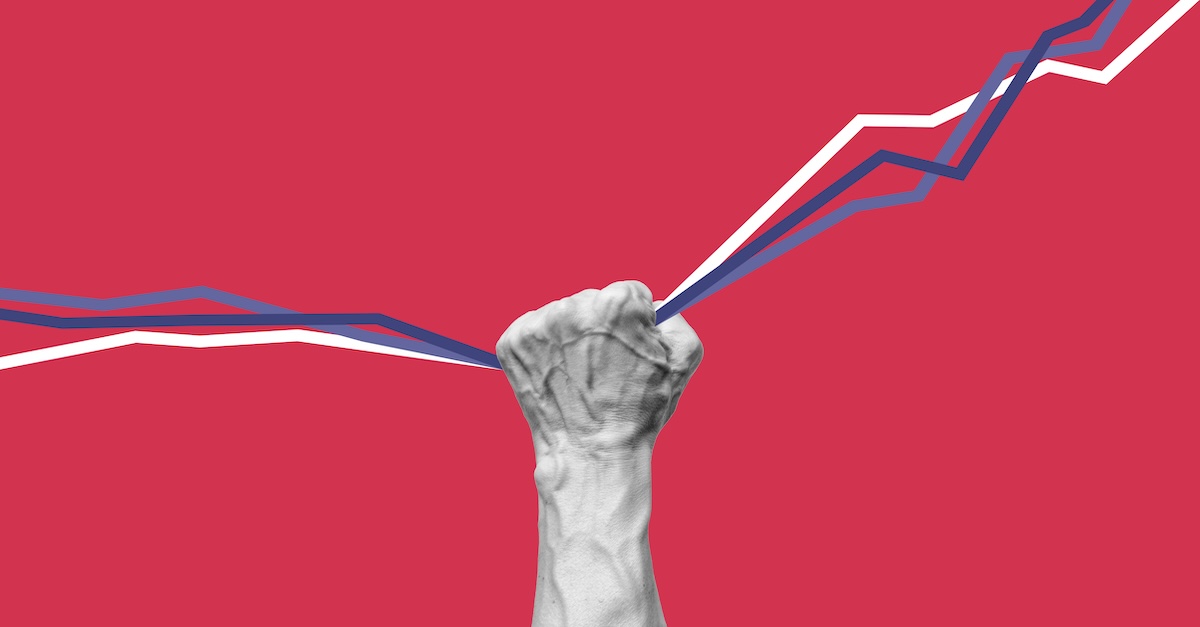Inventory Forecasting in audio advertising involves predicting the availability and demand of ad slots or impressions in the future, typically over a specified period. This capability helps publishers, buyers, and ad networks optimize their ad strategies and allocate resources more effectively.
As an audio publisher selling your inventory directly, Forecasting is a critical tool offering valuable insights to help plan and execute campaigns more effectively.
For example, suppose you wish to run an audio advertising campaign in a specific location. In that case, you’re probably wondering how many people to reach in the next several months. And if you’re targeting a particular group (like mobile listeners in their 30s), it can seem even more daunting.
The Inventory Forecast function in AudioServe can analyze past traffic data and assess your potential audience for the next 90 days. By considering details about the campaign, such as its nature, duration, and target audience, Inventory Forecast can predict the number of opportunities for serving your future ads. The best part is that it helps you set realistic targets for your audio ads, eliminating the need for manual calculations that could result in under or over-delivery.
How it Works
Forecasting for audio ads differs from the world of display ads. With display ads, the number of requests and impressions matches closely. However, when it comes to audio advertising on platforms like radio and podcasts, ad breaks occur, and listeners may disconnect, meaning that the number of requests is higher than the impressions delivered.
Furthermore, there’s an added layer of intricacy to audio advertising. For example, in a 90-second time slot, an advertiser can choose to play three 30-second ads or six 15-second ads, creating a new and essential metric for tracking inventory. In addition to impressions, Inventory Forecast needs to consider the size of the opportunity or the potential for success.
To meet these challenges, our Inventory Forecast feature leverages complex algorithms that evaluate audio-specific metrics like ad break duration, the maximum number of ads in an ad break, potential ad clashing, and whether a companion banner will complement the audio. Considering all these factors, Inventory Forecast ensures that your audio ads have the desired impact and reach the right audience.
When you operate AudioServe, you’ll notice that it defaults to a 30-second ad duration, but you can customize your metrics based on how you define ad durations. If you prefer a shorter 15-second ad duration, you can easily adjust it to suit your needs.
When utilizing our Inventory Forecast for the first time, it’s worth noting that it takes around five weeks to activate the data, a standard practice for any forecasting tool in the industry that relies on historical data to provide reliable predictions and meaningful results to help guide your ad strategy.
Forecasts are also available for buyers operating our DSP, AudioMatic, who can leverage the Media Planning tool to gain insights and plan future buys for maximum campaign delivery.
More Content on the Inventory Forecasting is Coming!
- In an upcoming piece, we will discuss some crucial Inventory Forecasting capabilities in more detail. Until then, follow our blog for more platform updates.
- If you are an existing AdsWizz customer, check our knowledge base for more information about Inventory Forecast.
- Visit the Contact Us page if you are not an AdsWizz partner and want to get in touch with us.
by Catalina Culmes, Senior Director of Software Engineering at AdsWizz



